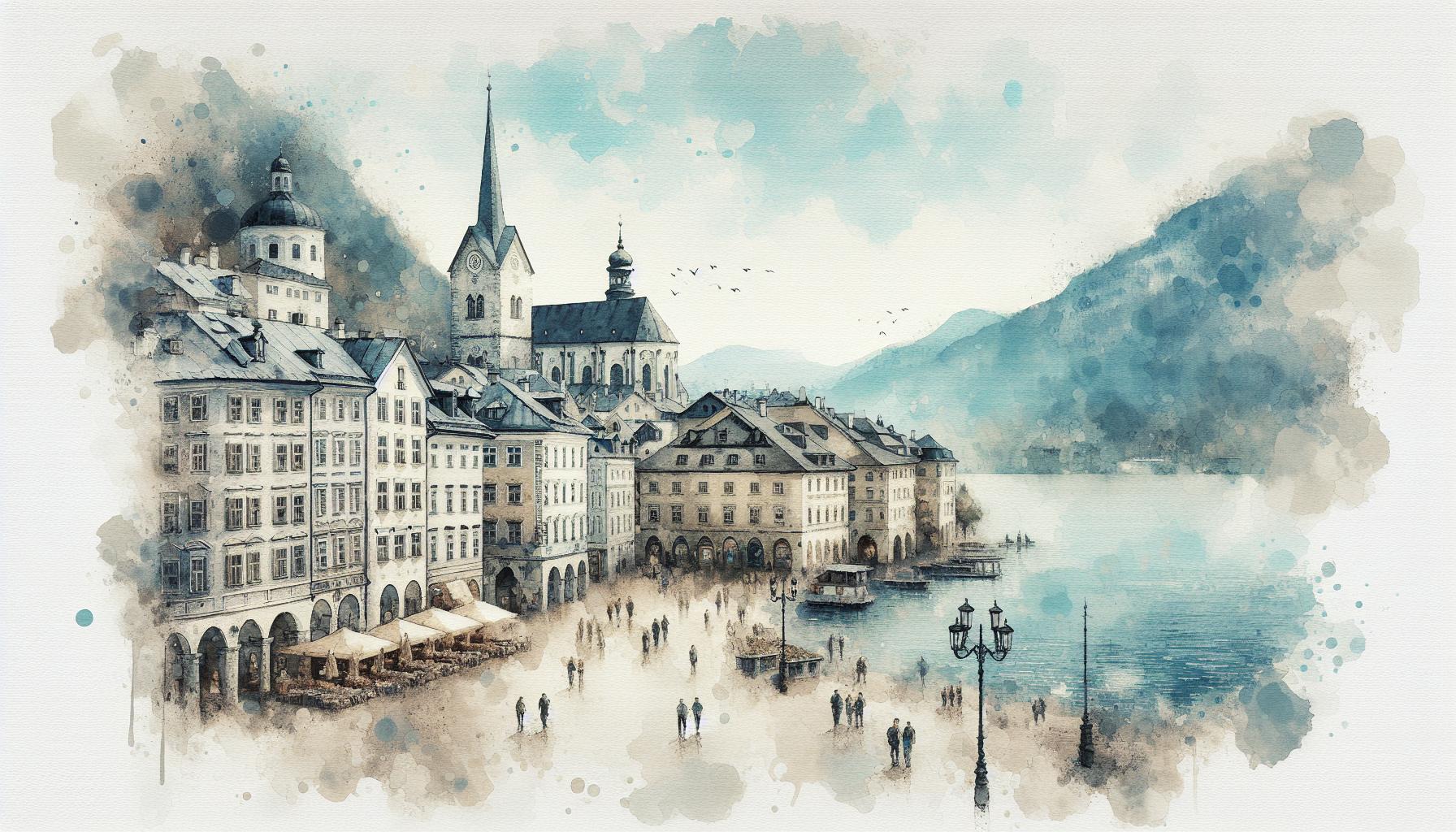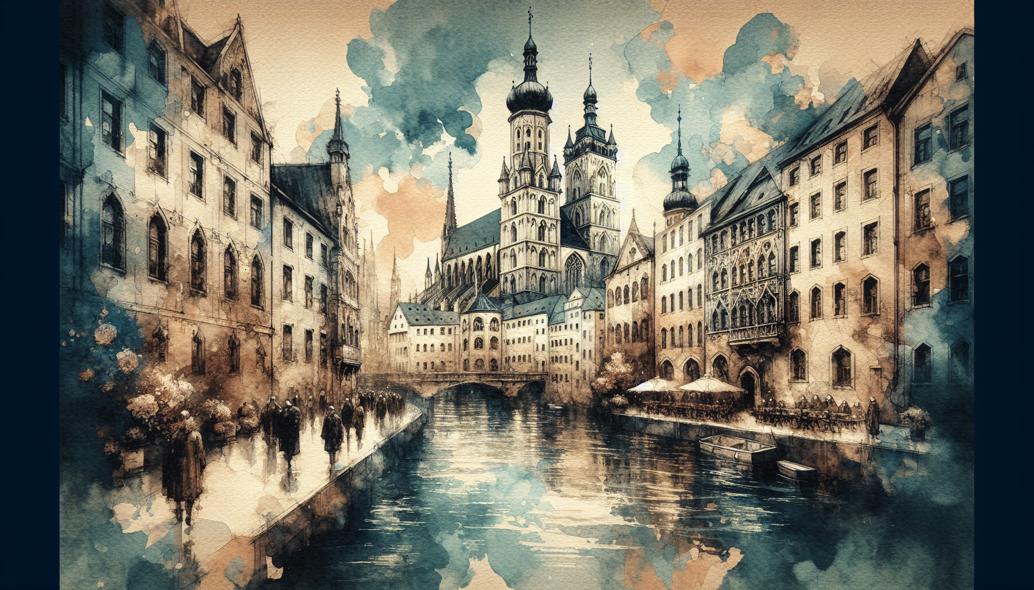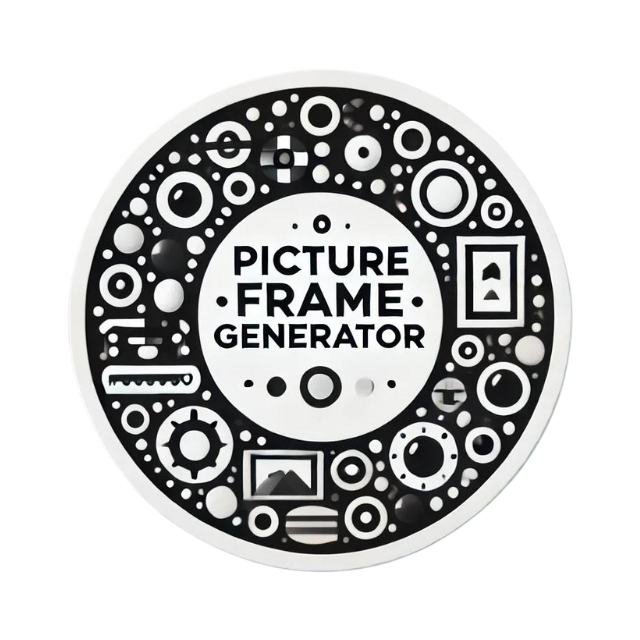Advanced Watercolor - Exploring Unconventional Techniques

Watercolor painting is a delicate dance of fluidity, transparency, and spontaneity. As artists seek to delve deeper into the realms of creativity and mastery, unconventional techniques becomes the key to unlocking new possibilities. In this blog post, we will explore advanced watercolor techniques that push creative boundaries, such as the use of salt, alcohol, and innovative layering effects. Whether you're a seasoned artist or an enthusiastic beginner looking to expand your repertoire, these techniques will add an extra dimension to your watercolor mastery.
The Art of Watercolor: Beyond the Basics
The world of watercolor offers a spectrum of artistic possibilities, ranging from gentle washes to vibrant explosions of color. While traditional techniques like glazing, wet-on-wet, and dry brush are foundational, advancing your skills involves stepping outside conventional boundaries. Each unconventional technique discussed here opens up a unique pathway to achieving texture, depth, and intrigue in your work.
Salt: Creating Textures with Crystalized Magic
Salt and watercolor are a match made in artistic heaven. This simple household ingredient can transform a watercolor piece by adding unexpected texture and depth. When applied to wet watercolor paint, salt absorbs moisture, causing pigment to move and cluster in fascinating ways.
How to Use Salt in Watercolor:
- Prepare Your Work Surface: Begin by preparing your watercolor paper, ensuring it's securely fastened to a surface to prevent warping.
- Apply a Wash: Decide where you want the salt effect, then apply a generous wash of watercolor paint in that area. This works well with both intense and lighter washes.
- Sprinkle Salt: While the paint is still wet, sprinkle salt over the desired areas. Coarser salt like rock salt will create more defined textures, while finer table salt offers subtler effects.
- Let It Dry: Allow the paint and salt to dry completely. As it dries, the salt will draw the pigment in unique crystalized formations.
- Remove and Reveal: Once dry, gently rub away the salt with your fingers or a soft brush to reveal the texture.
Alcohol: Dynamic Blossoms and Decolorized Effects
Alcohol and watercolors react in a fascinating dance of movement. When used creatively, alcohol can create beautiful blooms and intriguing decolorization effects, perfect for abstract backgrounds or adding an unexpected twist to your composition.
How to Use Alcohol in Watercolor:
- Paint Your Base: Start with a wet wash on your paper, laying down a color you wish to alter with alcohol.
- Apply Alcohol Drops: Using a dropper or small brush, lightly drop alcohol onto the wet paint. Be mindful of the areas you want to change, as alcohol will repel paint and create lighter, dynamic blooms.
- Varying Effects: Experiment with the concentration and timing of alcohol application for varied effects. More immediate application creates sharper blooms, while delayed use results in softer transitions.

Layering Effects: Building Depth and Complexity
Layering is the cornerstone of adding depth and complexity in any art form, but its application in watercolor requires finesse to maintain transparency and vibrancy. By combining traditional layering with unconventional methods, artists can create artworks with intricate narratives and captivating depth.
Techniques for Effective Layering:
- Planning and Patience: Start with a vision for the layers you're intending to build. Layering requires patience, as you must let each layer dry before applying the next to avoid muddiness.
- Using Masking Fluid: To preserve highlights or shapes, apply masking fluid before your first layers. This will allow those areas to remain untouched by future layers.
- Gradual Intensity: Begin with lighter, more transparent layers, gradually moving towards more intense values. This builds complexity while maintaining luminosity.
- Incorporate Texture: Use the techniques like salt or alcohol within layers to add texture without overwhelming the scene.
- Color Harmony: Pay attention to color interplay within layers. Successful layering harmonizes colors to avoid clashes and complementary contrasts, adding cohesive depth to your piece.
Conclusion: Push Beyond the Known
Watercolor, as a medium, offers an inexhaustible range of possibilities. By incorporating these advanced techniques—salt for texture, alcohol for dynamic effects, and strategic layering for depth—artists can push beyond conventional expectations, creating works that resonate with uniqueness and mastery. Embrace experimentation, cherish accidents as learning opportunities, and continue to challenge your artistic boundaries.
The true beauty of watercolor painting lies in its unpredictability and the artist’s ability to harness this unpredictability into something breathtaking. As with all artistic endeavors, the key is to practice these techniques regularly, refining and integrating them into your unique style.
By mastering these unconventional techniques, your watercolor art will not only captivate viewers with its beauty but also narrate your journey of creative exploration. Happy painting, and may your artwork continue to evolve in delightful new directions.
